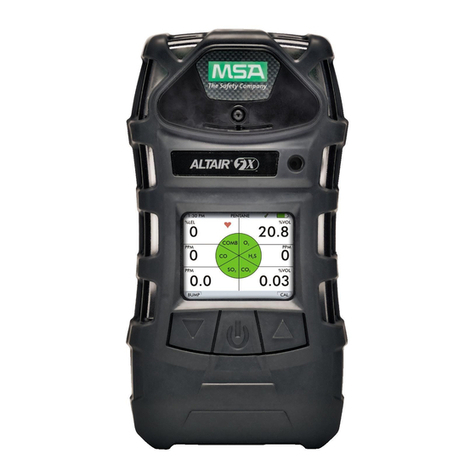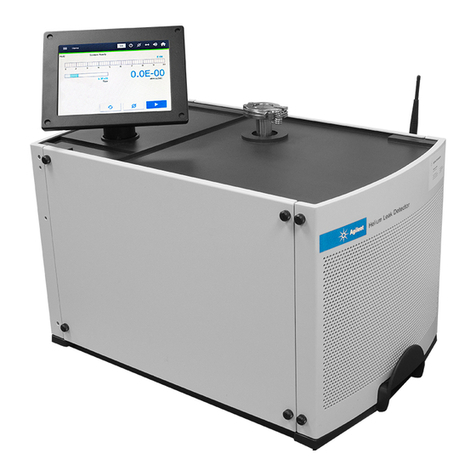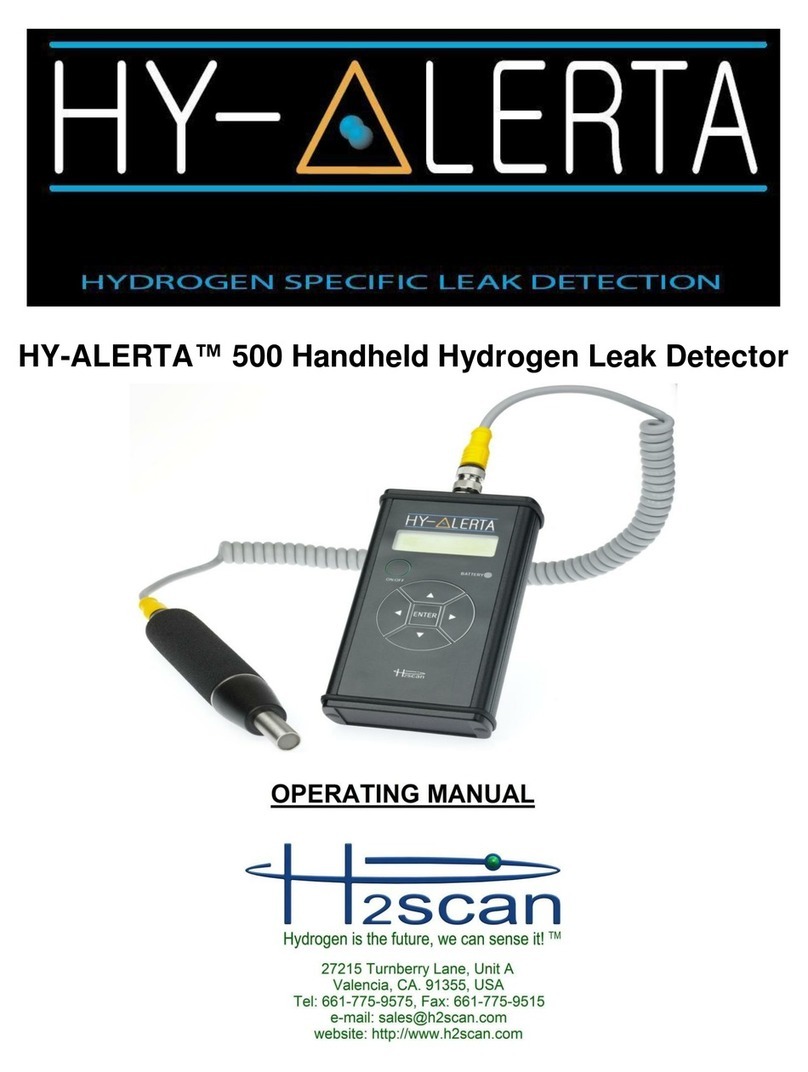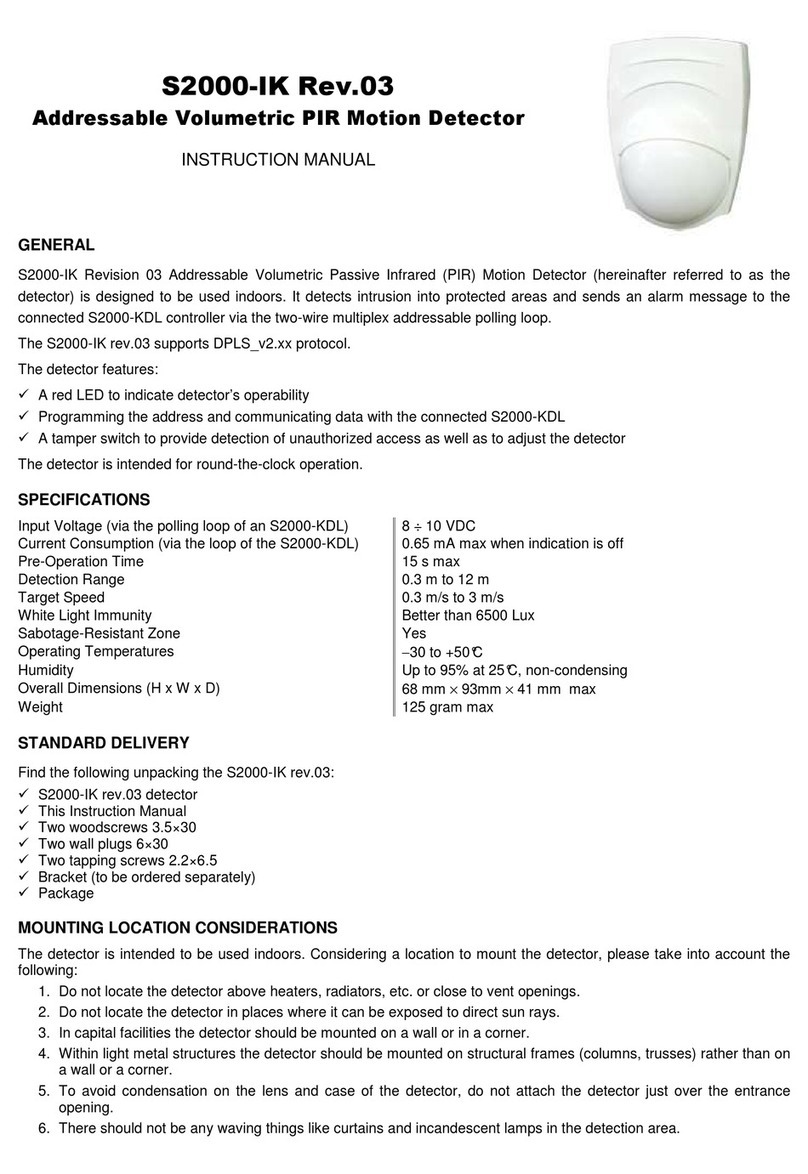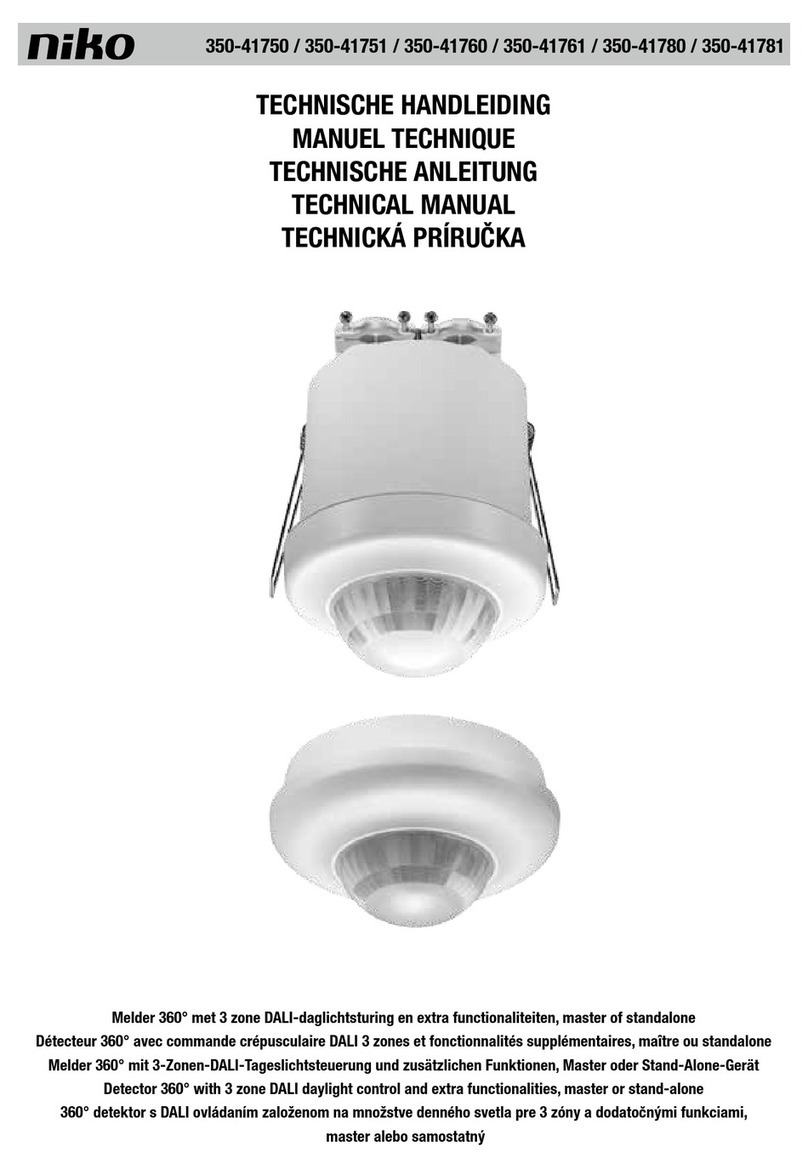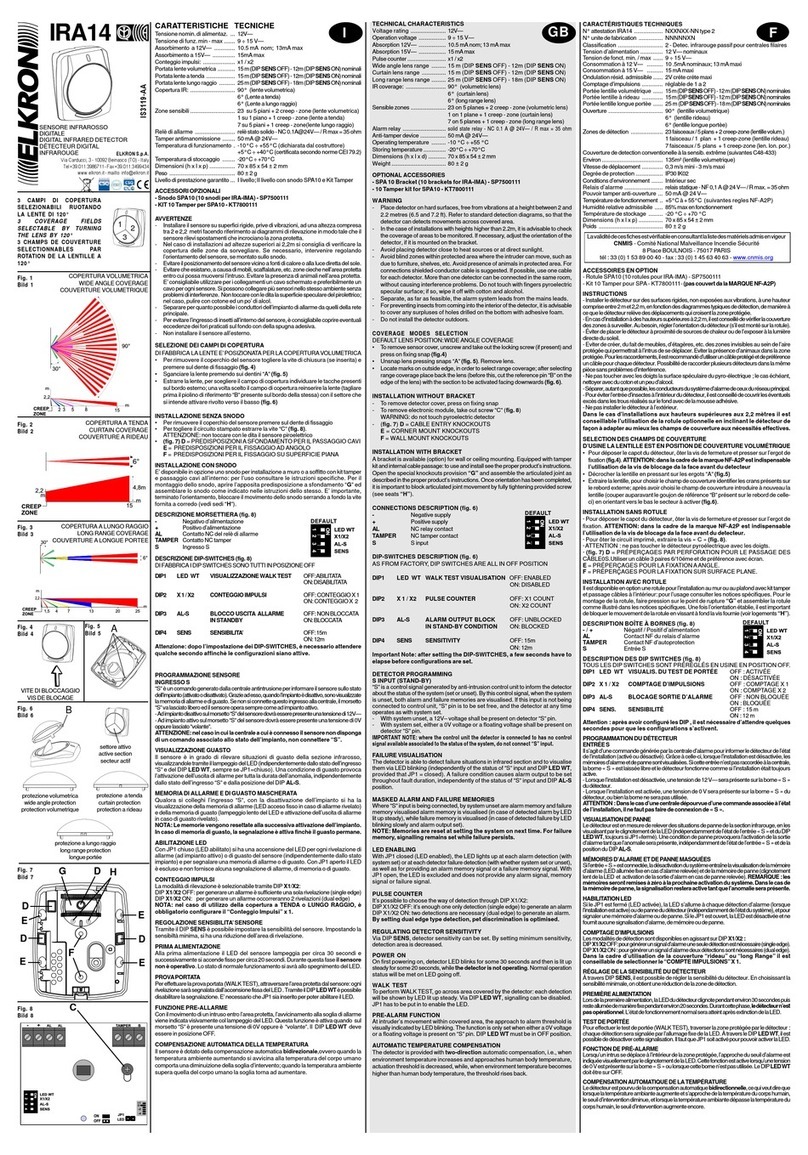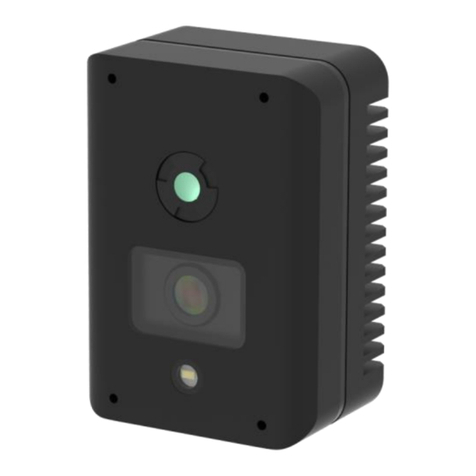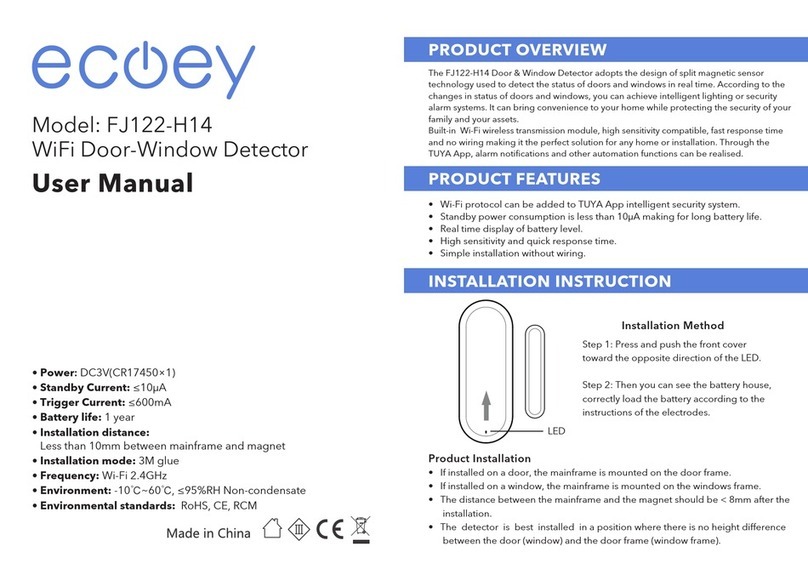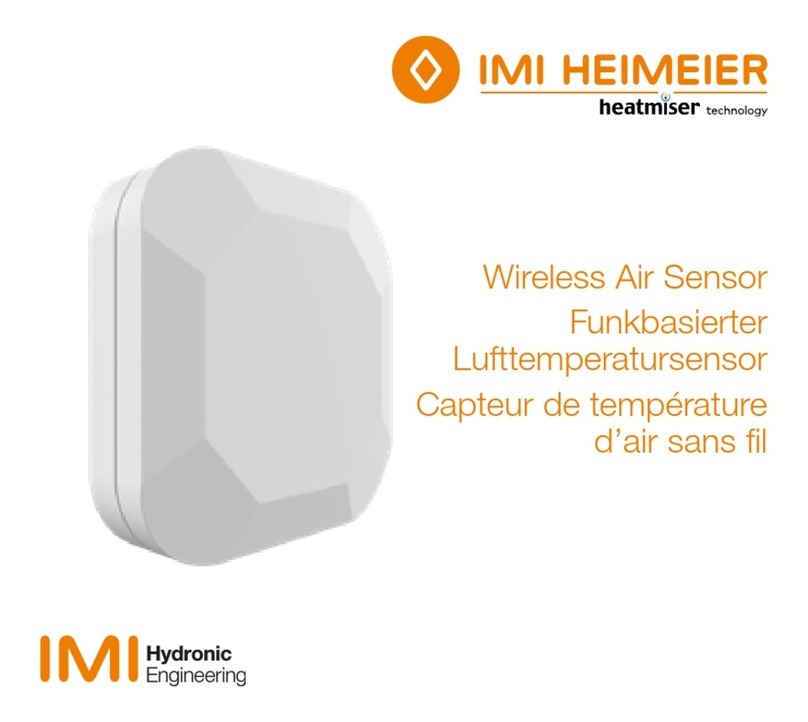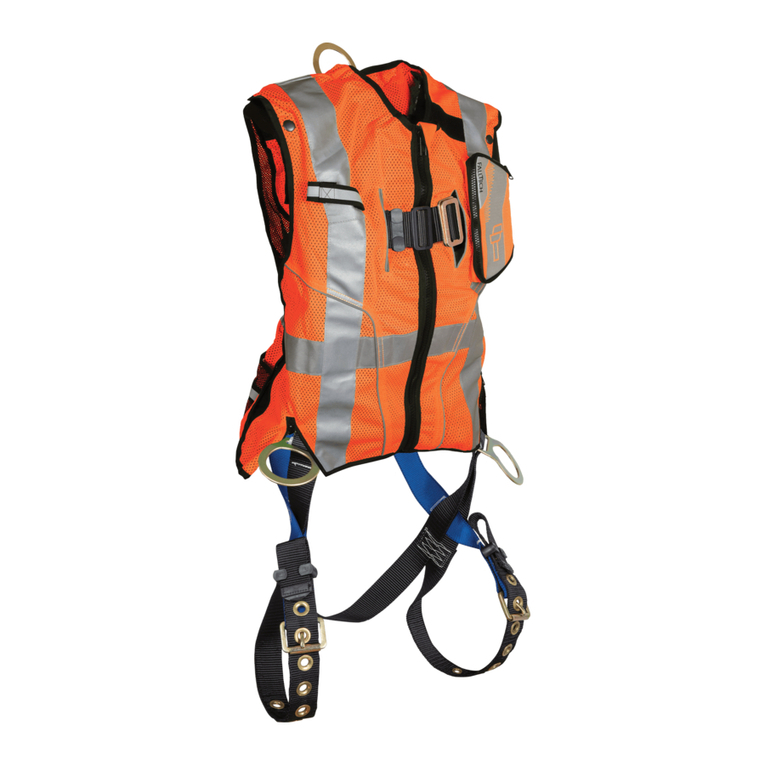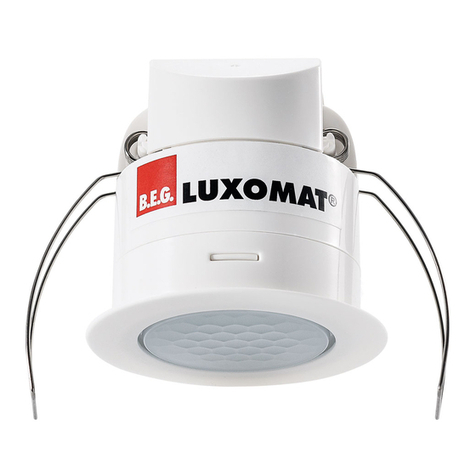TECHNO-AC Success CBI-116N User manual


2
Table Page of Contents
Introduction ........................................................................................................3
1. The general description ......................................................................................3
Specification АP-014 ..............................................................................................4
2. Receiver AP-014 ...............................................................................................5
2.1 General view and buttons mapping ................................................................5
2.2 Receiver control and indication modes ...........................................................6
3. Electromagnetic sensor EMD-247 ........................................................... 8
4. Search the route in passive mode ............................................................. 9
4.1 Route location methods .................................................................................10
5. Additional features ............................................................................... 11
5.1 Indirect electromagnetic mode of depth measuring .........................................11
5.2 Detecting the pipeline and utility lines intersection point ..................................11

3
Introduction
The Cable locator «Success CBI-116N» is the detective-diagnostic set, intended to survey
a terrain before digging or excavation, locating electrical cables and electrically conductive
underground utilities, determination of depth of their occurrence.
Benefits of the set
- Possibility to use in conditions of low temperatures,
- Wide Range of frequencies of band-pass filters (50/100/512/1024/8192/32768 Hz),
The application field
- Housing and public utilities
- Electricity networks
- Heating systems
- Water utilities
- Organizations conducting earthworks, etc.
Operating conditions
Ambient air temperature, °С ..................................... ........from -30 до +50
Relative humidity, % .......................... ...........................up to 85 at t=35 °С
Atmospheric pressure, кPа ..............................................from 84 up to106
Degree of protection against external influences................................ IP 54
1.2 The principle of operation
The principle of operation of the cable locator is based on phenomenon of electromagnetic
induction. The electromagnetic «EМD-247» sensor records variable electromagnetic field
which is being produced around a cable under research of it or a pipeline and converts an
electromagnetic signal into a power signal. An electrical signal enters the receiver, where it is
passing amplification and filtering (the selection signal of the given frequency. The location of
the maximum of electromagnetic field intensity measured above the ground, corresponds to the
axis of the desired communication. The operator on the signal in the head phones and the LED
indicator determines the location of the alignment and possible defects of communication.
1 The general description
1.1 Composition of the set
1 - Receiver АP-014
2 - Head phones
3 - The electromagnetic sensor EMD-247

4
Specification АP-014
AP-014 receiver
Frequencies of the receiver’s
filter
Main filter frequency 50 Hz /100 Hz /512 Hz / 1024 Hz
8192 Hz / 32768 Hz.
«Broadband», (frequency range) 0.05...8.2 KHz
Gain factor 100 dB
Visual indication LED scale – 7 values.
Gain factor Headphones - natural, filtered and synthesized signal.
Built-in emitter - synthesized signal.
Visual indication Voltage 1.8 to 4V. - alkaline batteries АА type 1.5 V (2 pcs.).
Time of continuous operation not
less than 10 hours
Operation temperature -300С…+500С
Location precision , m ± 0,3
Ingress protection rating IP54
AP-014 receiver dimensions 145х70х24 mm
Weight of the electronic unit 0,15 kg
Electromagnetic sensor EMD-247
Type of transducer Resonant ferrite magnetic antenna
The center frequencies of filter 50 Hz /100 Hz / 512 Hz / 1024 Hz / 8192 Hz / 33 kHz
Type power From the receiver
Switching filters Forced (by a receiver)

5
2. Receiver AP-014
Reciever «АP-014» is made in the dimensions of the cell phone, has a built-in micro processor
2.1 General view and buttons mapping.
Sensor connector Headphone connector
Led scale
Sensitivity
Volume
On/Off
Pause
Frequency and sound modes
(>3c)
+
Battery cover
compartment
Batteries
+

6
2.2 Receiver control and indication modes
The receiver can work with acoustics or electromagnetism sensors. The type of the sensor is
determined automatically. For an electromagnet sensor there are several reception frequencies.
The light emitting diode scale executes indication of several functions:
а) this is an indication of a power battery condition,
b) a frequency of the received signal is switched in a circle,
c) a sensitivity is more-less,
d) a volume is more-less.
To understand where you are, one needs to know the following: at startup the scale is checked,
i.e. consistently included 4 cycles of running lights, then a slight pause, then highlighted the level
of battery power state for 5 seconds, then the signal strength is displayed.
5. It is turning into the operating mode, the LED display is indicated by the input signal level at
a selected frequency:
and a synthesized audio signal is given on headphones.
Turning off the receiver is performing by briefly pressing the button «Power On / Off».
Low input level High input level
-Activation/deactivation of the receiver. The receiver turns on when one-time
pressing the «Activation/deactivation of the power» button. When you turn on, the device
consistently:
1. Enable animation plays («running lights» on the LED display);
2. About 4 seconds indicates battery charge (if all the LEDs are lit, than the charge is maximum,
if the first led light blinks, the device is turned off or the batteries are low):
3. Sound plays when the instrument turns on;
4. If the «EMD-247» sensor is attached for around 2 seconds, one light emitting diode of the light
emitting indicator diodes displays the operating filter frequency (for example, 1024 Hz – «1k»).
Weak battery charge Maximum battery charge

7
- The choice of the operating frequency. The LED indicators of the receiver on the front
panel have inscriptions, corresponding to certain frequencies of the receiver:«50» 50 Hz,
«100»: 100 Hz, «512»: 512 Hz, «1k» – 1024 Hz, «8k» – 8192 Hz, «33k» -
–32768 Hz, «WB» «Wide band» (0,05...8,60 kHz). Operating frequency is selected by consistent
briefly pressing the button «Switching frequencies and operating modes» and is displayed on the
display corresponding flashing led for two seconds.
-Adjustment of the receiver sensitivity and volume levels is being made by the
corresponding buttons «more» and «less».
During adjustment and for 2 seconds afterwards the sensitivity level is displayed on the
scale by the blinking light emitting diode.
Change of the level is occurring step by step. When you change the level on five steps,
there is switching of the indication to the adjacent LED (at increasing
- The sound generation mode. The sound being fed to headphones is generated by the device
and modulates at frequency depending on the selected filtering frequency signal level. This mode
is selected by default during activation of the device.
- Change of the way of audio indication. During long retention of the button «Frequency
switch» the device switches the mode of audio indication. Three audio indication modes
are implemented in the receiver:
- The natural sound mode. The sound is fed to headphones through the filter on the chosen
one frequency in straightness off the sensor.
- The mode of the built-in speaker. The sound signal is generated by the device and modulates
at frequency, depending on the selected filtration frequency signal level, and is fed into the built-
in speaker. In this mode a natural sound feds to headphones as in the «Natural sound mode».
-Increase and reduction of headphones volume level. The volume in headphones
level is changing with the corresponding «Change of volume” on headphones buttons.
The volume level is displayed on the light emitting diode indicator with help of the blinking
light emitting diode.
increasing on the first, at reducing on the left.)
Change of the sensitivity level can be made by a short press of the «more» and «less» buttons,
as well as by their retention for achievement of the required level.
Increase and reduction of headphones volume level. The volume in headphones level is
changing with the corresponding «Change of volume” on headphones buttons. The volume level
is displayed on the light emitting diode indicator with help of the blinking light emitting diode.

8
Change of the volume in headphones level does not affect the input level.
-The mode «Pause». When pressing the «Pause» button, any audio indication stops and
in pressing the light emitting diode indicator displays input level measured at the moment
of the «Pause» button pressing. The exit from the mode is being carried by a repeat press
of the button.
3. Electromagnetic sensor EMD-247
The set uses electromagnetic sensors «EMD-247» on the basis of resonance ferrite magnetic
antenna. Resonance frequencies of the antenna: 50 Hz, 100 Hz, 512 Hz, 1024 Hz , 8192 Hz and
32768 kHz. Switching of resonance is forced (controlled by the receiver).
Lock nut rod
Locking antenna nut
Rod
The EMD Rod for easy transportation is sliding. Antenna of the electricitymagnetic sensor can take
three positions relative to the boom: at 0
0
, 45
0
, 90
0
degrees.
To bring the electromagnetic sensor from the vehicle into working position, it’s necessary: to
loosen the lock nut rod, to slide the rod to the desired length and to fix the locking nut.
To change the electromagnetic sensor position relative to the rod, it’s necessary to loosen the
fixing nut, mount the antenna to the desired position, to fix the position by the locking nut
Antenna electromagnetic

9
4. Search the route in passive mode
The source of the electromagnetic field in this case are frequency currents 50 Hz in cables under
mains voltage and 100 Hz in pipelines with cathodic protection mode, the route search is performed
without using the trace generator. Equipment used: Receiver «AP-014», Electromagnetic sensor
«EMD-247», headphones.
5. Place the electromagnetic sensor «EMD-247» exactly on the track and so, that it will be at
the point of maximum signal strength. For this you need to have the sensor perpendicular to the
desired track at that distance from it, where you want to search;
4.
Select the work «passive» frequency (50 Hz for tracing cable under voltage or
100 Hz for the tracing of the pipeline with cathodic protection.
6.Press the «Change receiver sensitivity» buttons to adjust the input level, so the level
filled led scale as much as possible, but to the last led isn’t flashing.
When switching on, the device revert to the settings used in previous work - the
level of input gain, volume levels and frequency filtering.
If while working full scale led filled, and the last led is flashing (there is an overload of
the input), the receiver sensitivity should be reduced.
If the maximum of the sensitivity scale isn’t filled, and the first led flashes, it means
that the device cannot recognize the signal at the selected frequency, because its level
is too low or signal is missing.
Preparing Receiver AP-014 for operation
1. Insert two batteries into the battery compartment of the
receiver «AP-014», observing polarity.
2. Connect the electromagnetic sensor, headphones to the
corresponding connectors of the receiver.
7.
Establish a comfortable level of headphone volume with «Headphone volume Changes»
buttons.
8. Move along the path by moving the electromagnet sensor across tracks in one or the other
way to determine the point with the strongest signal. Points with the utmost level of the signal
correspond to the position of the communication axis.
3.Turn on the power of the receiver.

10
4.1 Route location methods
1.The Maximum method
This method consists of positioning the electromagnetic sensor in the direction of the magnetic
field created by the utility radiation (fig.4.3). EMD sensor must be positioned horizontally and
the sensor placed in a plane perpendicular to the cable route. In this case the maximum signal
level is observed when the sensor antenna
passes directly above the utility line. The
maximum method is intended for a quick
route location. Flat peaks of the signal
level curve do not allow for high location
accuracy, but enables a quick route
location.
2. The Minimum method
When the EMD sensor in a vertical (transport) position is placed directly above the route the
signal is at its lowest level fig. 4.4. As the distance from the point directly above the pipeline
increases, the signal level first rises sharply then slowly decreases. This is the minimum method,
which is used to determine a more precise
route location (after quick route tracing
using maximum method.
Horizontal
position
Fig. 4.4
Fig. 4.3
Vertical
position

11
5. Additional features
5.1 Task: Indirect electromagnetic mode of depth
measuring
Equipment used: receiver AP-014, electromagnetic
sensor EMD
Tip: When determining the depth, one should take into
account the terrain. In order to obtain precise results, select
flat surface areas.
Method: 1. Find the precise pipeline route location
(preferably using the minimum method). Mark the spot.
2. Fix the sensor antenna at a 45 angle to the ground surface,
minimum of the signal is observed at a distance from the point
«above the route», equal to the depth of the utilities, when the
antenna axis intersects the axis of the route. This is the indirect
method of measuring the depth of utility (fig. 5.1)
5.2 Task: Detecting the pipeline and utility lines intersection point.
Equipment used: receiver AP-014, electromagnetic sensor
EMD, headphones.
Fig.5.1
Fig.5.2
Method: 1. Perform preliminary pipeline route location.
2. Turn on the receiver and set it up for broadband.
3. Рosition the electromagnetic sensor over the pipeline,
parallel to the pipeline route (signal level displayed on the
receiver screen will be close to zero)(fig. 5.2). Perform route
location in accordance with the maximum method. When
following the route, the intersection points with utility lines
can be identified by the maximum signal.
Table of contents
Other TECHNO-AC Security Sensor manuals

TECHNO-AC
TECHNO-AC Success AG-309.15 N User manual
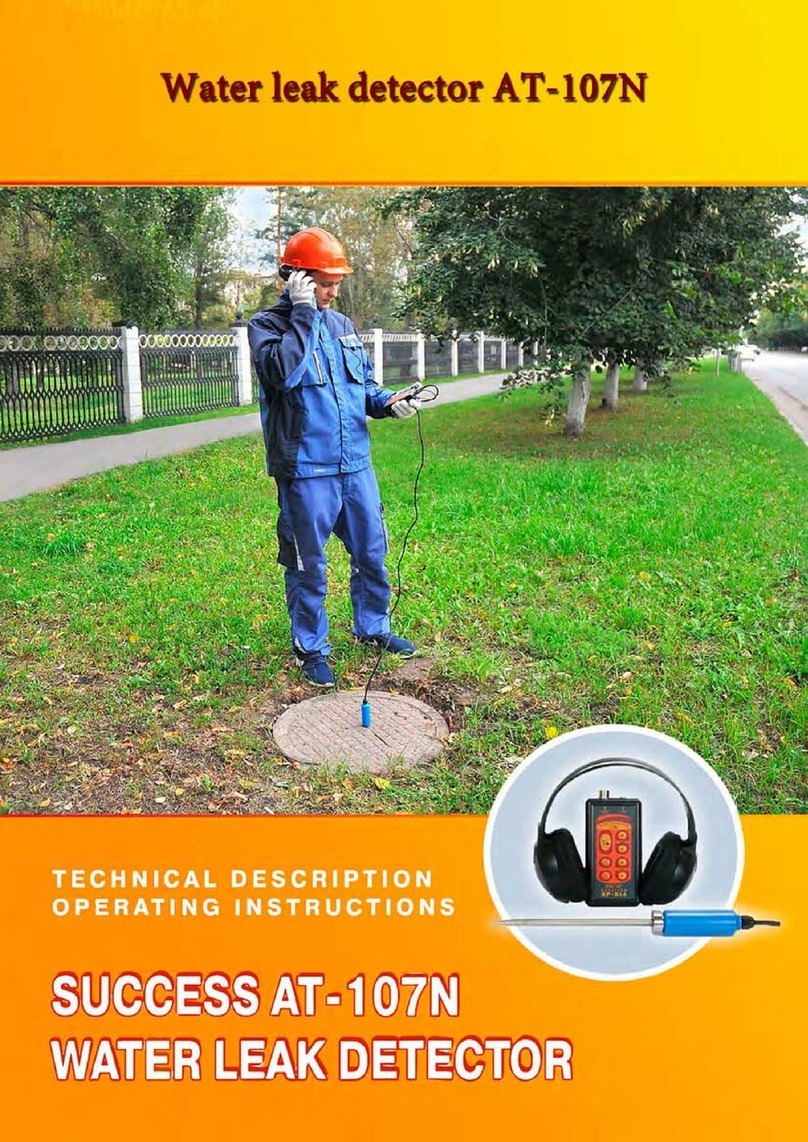
TECHNO-AC
TECHNO-AC Success AT-107N Manual
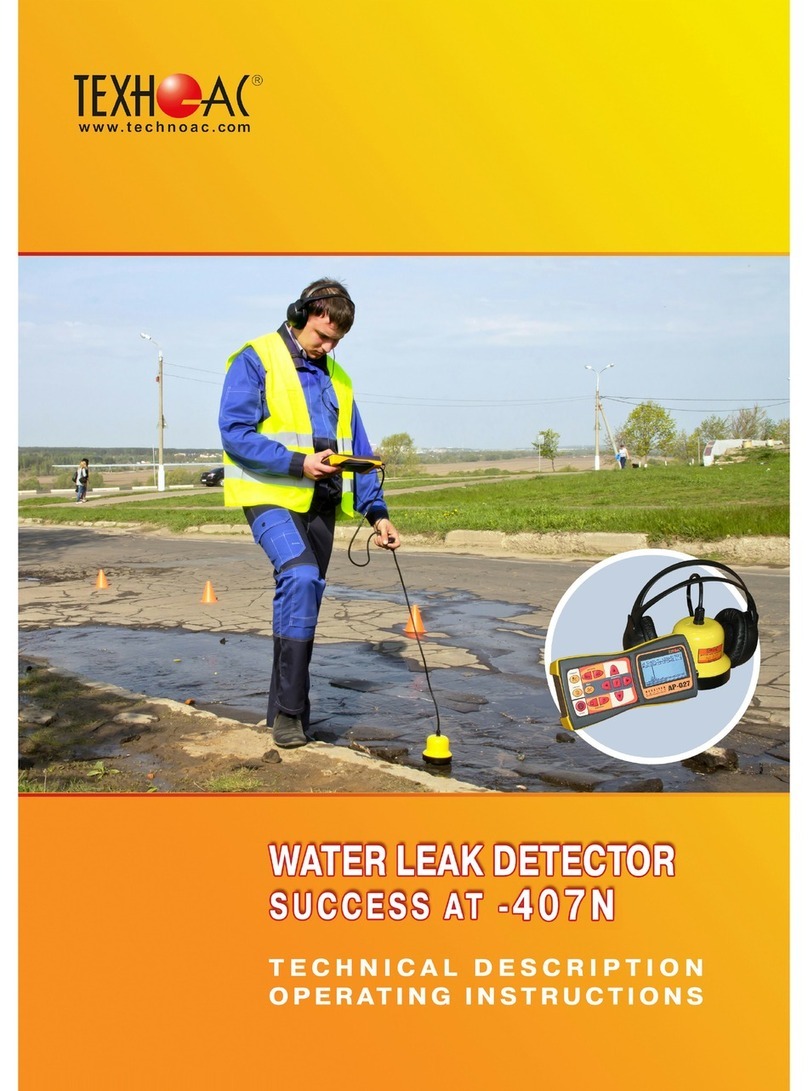
TECHNO-AC
TECHNO-AC Success AT-407N Parts list manual
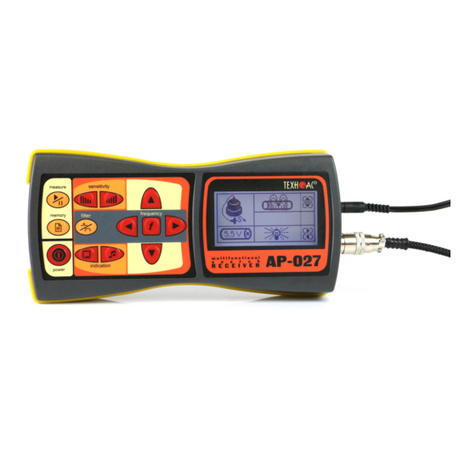
TECHNO-AC
TECHNO-AC SUCCESS TPT-522N Manual
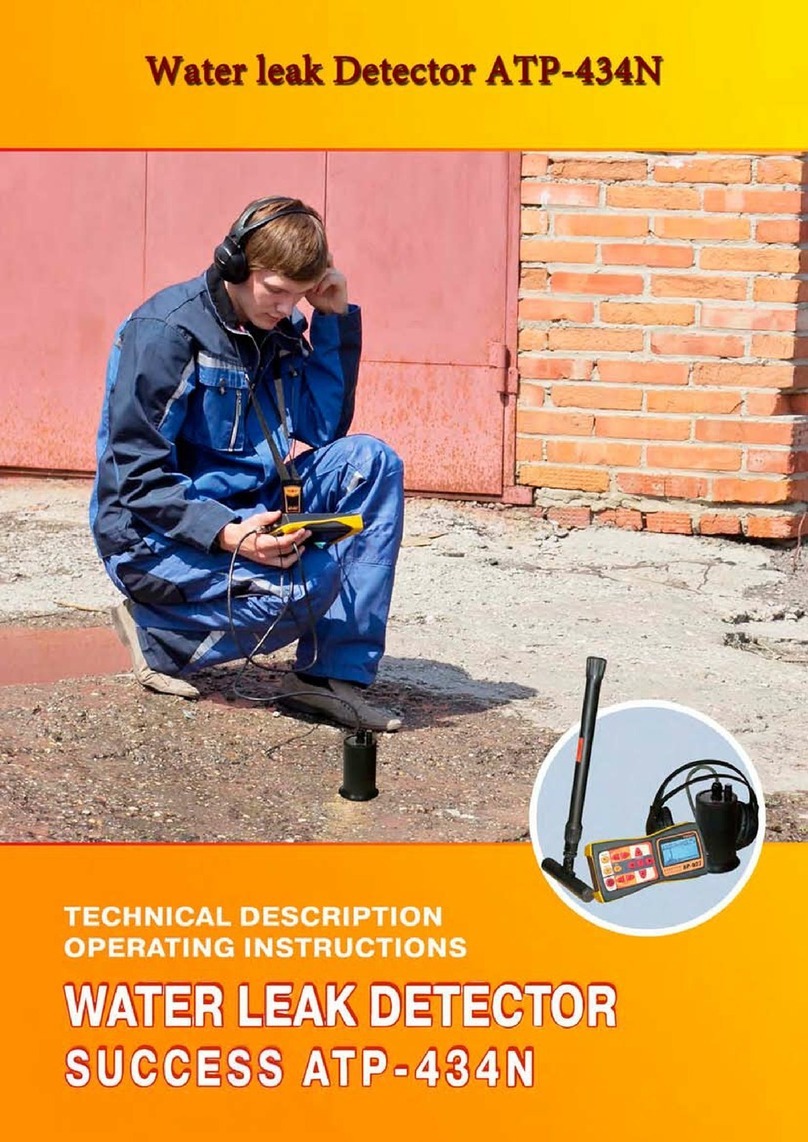
TECHNO-AC
TECHNO-AC SUCCESS ATP-434N User manual
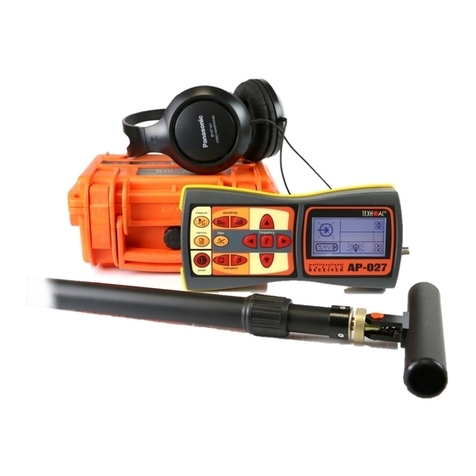
TECHNO-AC
TECHNO-AC SUCCESS-438.15N Manual

TECHNO-AC
TECHNO-AC SUCCESS CBI-436N Manual
